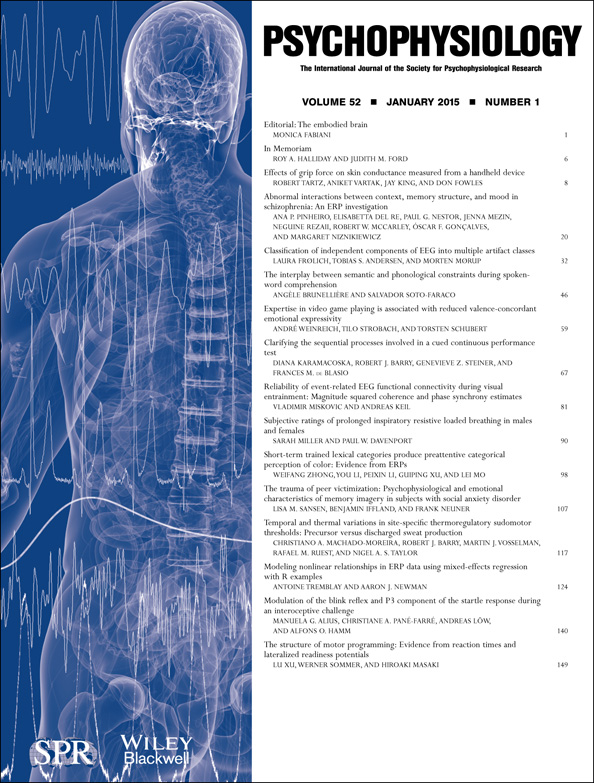Classification of independent components of EEG into multiple artifact classes
Abstract
In this study, we aim to automatically identify multiple artifact types in EEG. We used multinomial regression to classify independent components of EEG data, selecting from 65 spatial, spectral, and temporal features of independent components using forward selection. The classifier identified neural and five nonneural types of components. Between subjects within studies, high classification performances were obtained. Between studies, however, classification was more difficult. For neural versus nonneural classifications, performance was on par with previous results obtained by others. We found that automatic separation of multiple artifact classes is possible with a small feature set. Our method can reduce manual workload and allow for the selective removal of artifact classes. Identifying artifacts during EEG recording may be used to instruct subjects to refrain from activity causing them.




